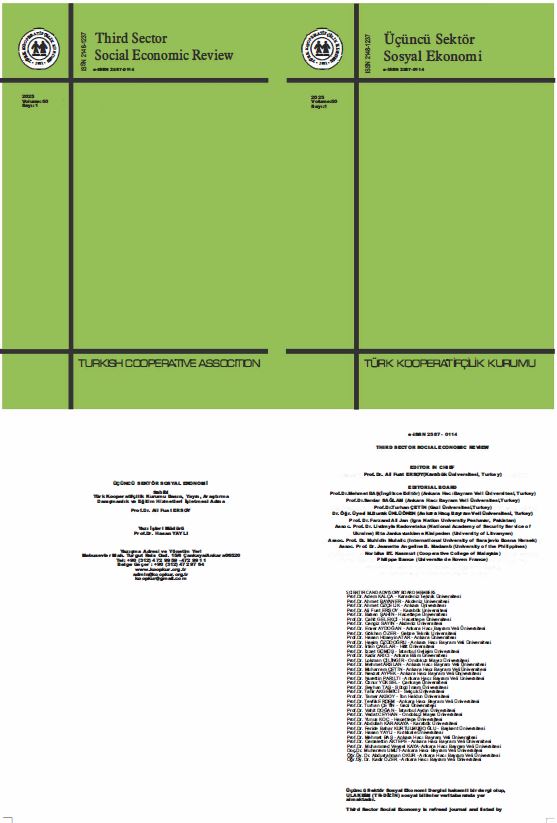ANALYSIS OF REAL EXCHANGE RATE DETERMINANTS WITH ASYMMETRIC METHODS: THE CASE OF TURKIYE
Keywords:
Exchange Rate, Inflation, Interest Rate, Threshold Regression Model, Turkish EconomyAbstract
The real exchange rate provides insights into relative price or cost developments between countries and is an important macroeconomic indicator for assessing economic competitiveness. Due to the uncertainty caused by recent currency attacks in the Turkish economy, there is a growing need to empirically examine the macroeconomic variables affecting the value of the lira. This study utilizes the Kamin-Rogers real exchange rate model to investigate the asymmetric effects of key macroeconomic factors on Turkey’s real exchange rate index through a threshold structural regression model. The asymmetric model, estimated in 34 variations, reveals that when Turkish interest rates exceed 13.06%, inflation becomes the primary determinant of the real exchange rate. However, when interest rates are below this threshold, growth and domestic interest rates have significant effects. These findings highlight two important points: first, the real exchange rate in Turkey is heavily dependent on external financial indicators; second, the significant influence of growth and inflation on the real exchange rate varies between different regimes, underscoring the dynamic relationship between these factors in the Turkish economy.









